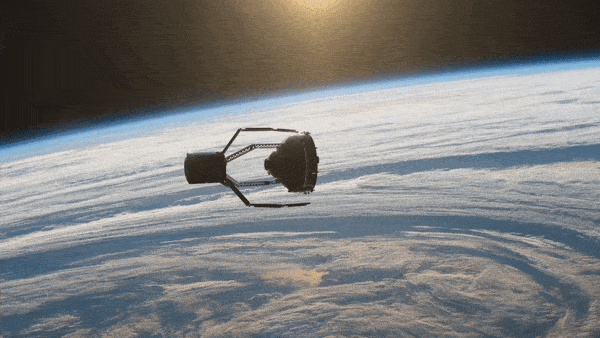Northern regions of the United States will be witnessing the northern lights or aurora borealis again this Thursday night, according to space weather forecasters. It seems that even states like Oregon, Nebraska, and Virginia will be able to witness the lights. A geomagnetic storm is speeding towards Earth, following one that struck on Wednesday.
A coronal mass ejection from the sun on Tuesday has caused the storm. The high-energy particles due to the outburst were predicted to arrive during the daytime on Thursday. NOAA’s Space Weather Prediction Center has classified the geomagnetic storm in G3 category, which means it’s a strong one.
As per NOAA reports, the northern lights will most probably be visible tonight in regions of these “Lower 48” states: Washington, Idaho, Montana, Wyoming, North Dakota, South Dakota, Iowa, Minnesota, Wisconsin, Michigan, New York, Vermont, New Hampshire, and Maine. The lights might also be visible in Alaska and parts of Canada.
Until the first half of Thursday, skies were clear across much of the northern areas of the U.S. The colorful aurora forms when particles flowing from the sun get caught up in Earth’s magnetic field. The particles interact with molecules of atmospheric gases to cause the famed glowing green and reddish colors of the aurora.
Tips for viewing the northern lights include going out at night and getting away from city lights. The most appropriate time to witness the aurora is generally an hour or two before midnight (between 10:00 p.m. and 2:00 a.m. local time). This period lasts into the evening and morning as the level of geomagnetic activity increases.
Similar Posts
Space weather events could have significant impacts on power grids, aviation, satellites and oil and gas industries. The authorities are on watch 24/7, observing and forecasting the space weather environment to allow these key parts of Earth’s infrastructure to take mitigating actions to protect their equipment and services.
The aurora can often be observed somewhere on Earth from just after sunset to just before sunrise. The map from the SWPC shows a prediction of the intensity and location of the aurora borealis Thursday night and Friday night over North America. The brightness and location of the aurora is typically shown as a green oval centered on Earth’s magnetic pole.
The green ovals turn red when the aurora is predicted to be more intense. The curvature of the earth enables the aurora to be visible low on the northern horizon, up to 800 to 1,000 miles away. Seeing the aurora might only be possible through long-exposure images in areas of even moderate light pollution. As of Thursday morning, there were no Geomagnetic Warnings in effect.

















![A male [[Great white shark]] off [[Isla Guadalupe]], [[Mexico]]. Along with many [[Mackerel scad|Mackarel scads]] seen in the background. Photo Source- Terry Goss (CC BY-SA 3.0)](https://www.karmactive.com/wp-content/uploads/2025/06/White_shark-720x480.jpg)
